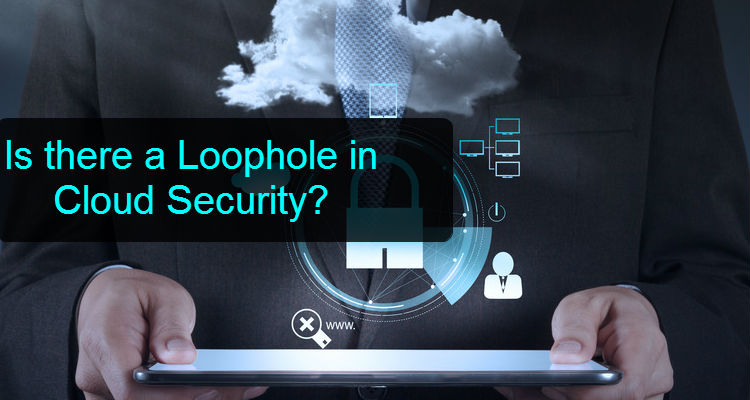In the past few years, cloud computing has grown colossal. The main concerned of this is how secure it is? Companies are shifting to the cloud because it is faster and accessible from anywhere via the internet. However, they are still concerned how safe is a cloud? Is there any loophole? What cloud offers when it comes to security? Though companies are shifting to the cloud they are still tense about the security issues. Since virtualization introduces another layer, providing security becomes more complicated. One of the main security concern is to the find out the gaps. Until the time CIOs and CISOs can't see the gap how they will fill it? The first step in minimizing risk in the cloud is to identify the top security threats.
- Threat No. 1 – Traditional Security tools Outdated – The traditional monitoring and remediation tools which are adopted by data centers to keep data safe, won't be as effective in cloud computing.
- Threat No. 2 - Growth of Public Cloud – Due to the cost efficiency of Public cloud, many organizations are opting for it over private. According to a report prepared by Skyhigh Networks, Nov. 17, 2016, the average enterprises now uses a staggering 1427 cloud services. Since the hardware resource is shared between multiple users, IT security issues are more profound and data are vulnerable to thefts.
- Threat No. 3 – Shadow IT – In trying to make business users more independent from the IT department, cloud providers have been slowly creating a shadow IT ecosystem that, instead of having its own particular processes, commonly has no process by any stretch of the imagination, comprising of heedlessly set up together arrangements of arrangements that make huge dangers for organizations, ordinarily without them.
- Threat No. 4 – DevOps – A mashup of "development" and "operations", DevOps is a mindset and set of practices that focus on collaboration and communication between software developers and other IT professionals with the goal of automating both software delivery and infrastructure changes. The core reason of collaborating them is to facilitate continuous development and continuous delivery typically means security is neglected and cyber attack risk is increased. The concerned towards security affair has certainly come down to a large extent. But the outside factors were never a big concerned, it was always inside environment.
Now the question arises how would one assure how to minimize risk and maximize protection? And the answer is 'Automation'. Cloud automation is a fundamental building block for the cloud computing paradigm. Computerization expects to make all exercises identified with distributed computing as quick, effective, and as uninvolved as conceivable using different programming robotization apparatuses which are installed directly on the virtualization platform or software and controlled via an intuitive interface. With an automated model, the security team can: Earn an improved perspective across all the cloud environment with centralized management and control.
For the best practices in security and compliance, customization allows DevOps to manage their own cloud deployments. Cloud based automation tool is very pocket-friendly compare to traditional test automation tools. Automation tool flags risk and restore threats before they can affect operations, availability, and compliance. While cloud hosting continues to become more popular, the debate about cloud security will continue to rage. Fortunately, there is a path to overcome security issues: automation leading to continuous security and continuous compliance.

